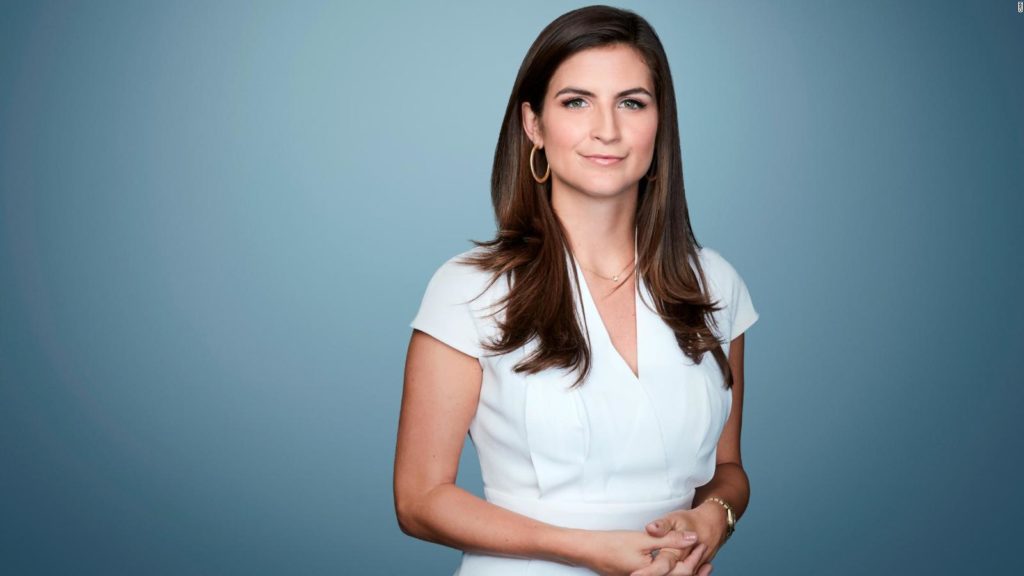
Prior to the start of Donald Trump’s COVID-19 briefing on Friday, a White House official ordered CNN correspondent Kaitlan Collins to move from her assigned, front-row seat to the back of the room.
She bravely defied that order.
Luckily, Collins was not alone in her act of resistance, and was supported by fellow reporter Chris Johnson, White House correspondent for the Washington Blade, who also refused to give up his seat in the penultimate row (the seat Collins was instructed to take).
When the two refused to move, the official suggested the matter would be handled by the Secret Service—though no action was taken.
Following Friday’s briefing, not only did Trump decline to take any questions from the attending reporters, but his 22-minute session was the shortest COVID-19 briefing since they began on a regular basis in March.
Following the incident, Collins publicly addressed what had happened in a tweet.
The White House has declined to comment on why they believed changing the seating arrangement was necessary. The current plan—managed by the White House Correspondents’ Association (WHCA) and agreed upon by White House officials—gives network reporters assigned seats in the front of the room in order to reduce the number of individuals (to comply with social distancing requirements) and to “[ensure] maximum access and accountability on behalf of the American people,” says WHCA president Jonathan Karl.
But it’s hard not to attribute the decision to the Trump administration’s obvious disdain for CNN, a network it perceives as “liberal”—even though Pew Research Center considers the outlet only moderately liberal, based on its more politically middle-of-the-road viewership.

Trump and a dislike of CNN go way back: In 2018, he banned CNN’s Jim Acosta from briefings—until a federal court declared that the action was unconstitutional and ordered he be reinstated as a White House correspondent.
And again in 2018, Trump banned Collins from an open-press event after choosing to avoid her questions earlier on in the day.
In fact, this was not even the first altercation between Trump and Collins that week: The day before, Thursday’s press briefing included a televised standoff between Collins and Trump—the president accusing CNN of “not [writing] the truth” and telling Collins, “Don’t talk to me.”
Following Friday’s altercation, Acosta spoke on-air to Anderson Cooper to show solidarity for Collins, praising her and Johnson’s resistance and their ability to “foil the White House’s ‘Soviet-style [and] totalitarian-like’ plans” with “almost an act of civil disobedience.”
We stand with Collins and other women reporters who continue to show Trump and his White House that intimidation and humiliation did not, and will not, work in a country where our press is free, and news is real.
The coronavirus pandemic and the response by federal, state and local authorities is fast-moving. During this time, Ms. is keeping a focus on aspects of the crisis—especially as it impacts women and their families—often not reported by mainstream media. If you found this article helpful, please consider supporting our independent reporting and truth-telling for as little as $5 per month.
You may also like:





